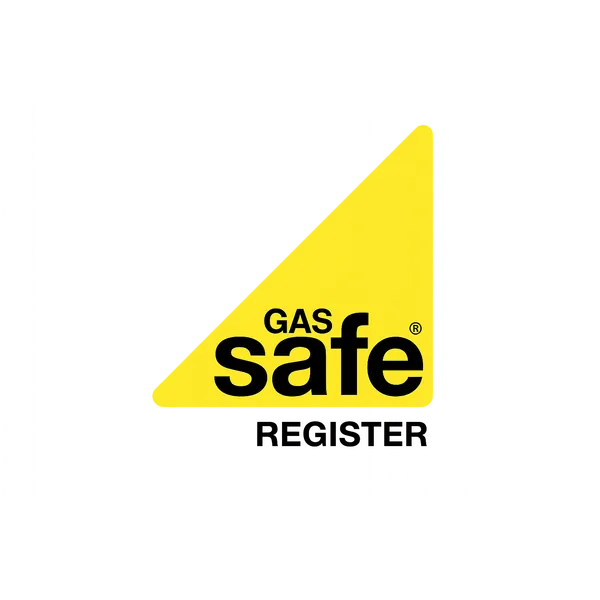Balancing Radiators: The Key to an Efficient Central Heating System
When it comes to central heating efficiency, most homeowners focus on upgrading their boiler or installing smart thermostats. However, one of the most overlooked aspects of heating performance lies in a process called hydraulic balancing. Proper radiator balancing can transform an inefficient, uneven heating system into a perfectly tuned network that delivers comfort while significantly reducing energy consumption and costs.
Understanding Hydraulic Balancing: The Foundation of Efficient Heating
Hydraulic balancing is the process of adjusting your central heating system to ensure that heat is distributed evenly throughout your property. In an unbalanced system, water naturally takes the path of least resistance, meaning radiators closest to the boiler receive more hot water flow than those further away. This results in some rooms becoming uncomfortably warm while others remain chilly, forcing homeowners to turn up the thermostat and waste energy.
The Physics Behind the Problem
Central heating systems operate on principles of fluid dynamics. Water heated by your boiler circulates through pipes to radiators, transferring heat to your rooms. Without proper balancing:
- Short-circuiting occurs: Radiators near the boiler get preferential flow
- Temperature differentials develop: Rooms vary significantly in warmth
- Pump overwork happens: Your circulation pump works harder than necessary
- Energy waste accumulates: The system compensates for imbalances by running longer
A professionally balanced system ensures each radiator receives precisely the flow rate needed to maintain consistent temperatures throughout your property.
The Art of Lockshield Valve Adjustment
At the heart of radiator balancing lies the lockshield valve – the often-overlooked valve on the opposite side of your radiator from the thermostatic radiator valve (TRV). While TRVs control individual radiator output based on room temperature, lockshield valves regulate the maximum flow each radiator can receive.
Step-by-Step Balancing Process
Professional heating engineers follow a systematic approach to hydraulic balancing:
- Initial assessment: Measure current temperature differentials across all radiators
- Calculation: Determine optimal flow rates based on radiator size and room requirements
- Progressive adjustment: Start with the radiator furthest from the boiler
- Temperature monitoring: Use infrared thermometers to measure flow and return temperatures
- Fine-tuning: Achieve the ideal 10-12°C temperature drop across each radiator
This meticulous process ensures that even the most distant radiators receive adequate hot water flow without compromising the performance of those closer to the heat source.
Flow Temperature Optimisation: The Efficiency Multiplier
Modern condensing boilers achieve their highest efficiency when operating at lower flow temperatures. However, many systems run at unnecessarily high temperatures (70-80°C) because they were never properly balanced. A balanced system can typically operate effectively at 55-60°C flow temperature, delivering substantial efficiency gains.
The Condensing Advantage
Condensing boilers recover latent heat from flue gases, but this only occurs when return water temperatures are below 55°C. Proper balancing enables:
- Lower flow temperatures: Reduced heat loss through pipework
- Condensing operation: Maximum heat recovery from combustion gases
- Extended equipment life: Reduced thermal stress on components
- Lower fuel consumption: Up to 15% reduction in gas usage
By combining hydraulic balancing with optimised flow temperatures, homeowners can achieve the full efficiency potential of their modern heating systems.
Quantifying the Efficiency Gains
The benefits of proper radiator balancing extend far beyond improved comfort. The energy savings can be substantial and measurable.
Documented Performance Improvements
Industry studies and real-world installations demonstrate:
- 10-15% reduction in gas consumption for typical domestic properties
- More consistent room temperatures with variations reduced from 5-8°C to 1-2°C
- Quicker warm-up times as the system operates at peak efficiency
- Reduced pump energy usage by eliminating unnecessary circulation
- Extended boiler life through reduced cycling and thermal stress
For an average UK household spending £800 annually on heating, proper balancing could save £80-£120 per year while improving comfort levels.
Why CRG Direct's Installations Include Comprehensive Commissioning
At CRG Direct, we believe that a heating installation is only complete when it's properly commissioned and balanced. Our commitment to excellence means every installation includes:
Our Commissioning Protocol
- Pre-installation assessment: Calculating optimal pipe sizes and radiator specifications
- Post-installation balancing: Systematic adjustment of all lockshield valves
- Temperature verification: Confirming consistent performance across all radiators
- Efficiency testing: Measuring system performance against design specifications
- Customer education: Demonstrating system operation and maintenance requirements
The Value of Professional Commissioning
Many heating installers consider their job complete once the boiler is firing and radiators are warm. We take a different approach:
- Future-proof performance: Systems that deliver efficiency for years to come
- Preventative maintenance: Identifying and resolving potential issues early
- Optimal equipment operation: Ensuring all components work in harmony
- Customer satisfaction: Delivering the comfort and savings promised
Our commissioning process typically adds 2-3 hours to an installation but pays for itself many times over through energy savings and improved system longevity.
Beyond Balancing: Complementary Efficiency Measures
While hydraulic balancing forms the foundation of heating efficiency, several complementary measures can further enhance performance:
System Upgrades for Maximum Efficiency
- Weather compensation: Automatically adjusting flow temperature based on outside conditions
- Smart controls: Optimising heating patterns to match occupancy
- Pipe insulation: Reducing heat loss between boiler and radiators
- Radiator reflectors: Minimising heat loss through external walls
- Regular maintenance: Ensuring continued optimal performance
These measures work synergistically with proper balancing to create a truly efficient heating ecosystem.
The Environmental Impact: Beyond Cost Savings
Proper radiator balancing contributes significantly to environmental sustainability:
- Reduced carbon emissions: Lower gas consumption means fewer greenhouse gases
- Resource conservation: Extended equipment life reduces manufacturing impacts
- Energy security: Reduced demand on national energy infrastructure
- Sustainable comfort: Achieving warmth without unnecessary waste
In an era of climate consciousness and rising energy costs, efficient heating represents both environmental responsibility and economic wisdom.
Conclusion: The Overlooked Efficiency Opportunity
Hydraulic balancing represents one of the most cost-effective improvements available to heating system owners. Unlike expensive equipment upgrades, proper balancing leverages your existing infrastructure to deliver immediate comfort improvements and substantial energy savings.
At CRG Direct, we've seen firsthand how systematic commissioning transforms heating performance. From eliminating cold spots to reducing energy bills, the benefits are both immediate and long-lasting. Whether you're considering a new installation or looking to optimise your existing system, proper radiator balancing should be a non-negotiable component of your heating strategy.
Ready to transform your heating efficiency? Contact CRG Direct today to schedule a professional heating assessment and discover how proper balancing can revolutionise your comfort and reduce your energy costs.















